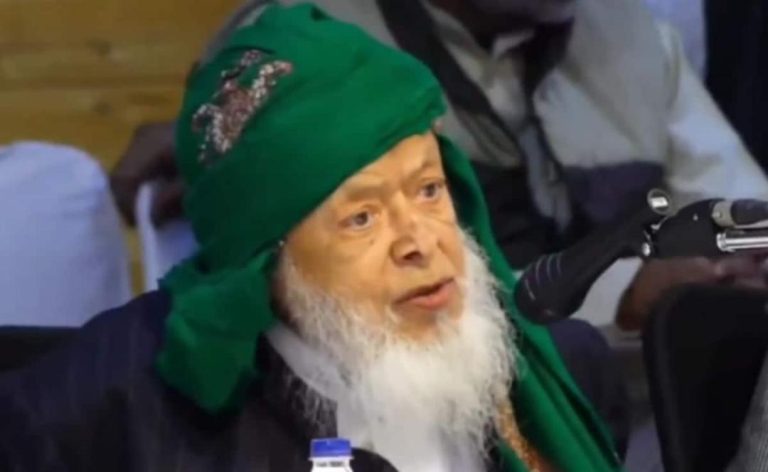
Car bomber differed with co-accused’s al-Qaeda ideology, followed ISIS model: Reports
In a shocking revelation, investigators have found that Dr. Umar Nabi, the alleged mastermind behind the Delhi car bombing, had significant ideological differences with his co-accused, Adeel Rather, Muzammil Ganai, and cleric Irfan Wagay. According to reports, while his co-accused were aligned with the al-Qaeda ideology, Umar Nabi drew inspiration from the Islamic State, also known as ISIS or Daesh.
As per the Indian Express, citing investigators, Umar Nabi’s allegiance to ISIS was rooted in the group’s goal of establishing a caliphate and targeting nearby enemies, rather than focusing on attacking Western culture and faraway enemies, which is a hallmark of al-Qaeda’s ideology. This distinction in ideology is crucial in understanding the motivations and actions of the alleged terrorists.
A source close to the investigation revealed that “Al Qaeda leans on attacking Western culture and faraway enemies…ISIS goal is to establish a caliphate and find a nearby enemy.” This statement highlights the fundamental difference in approach between the two terrorist organizations. While al-Qaeda has historically targeted Western interests and symbols of Western culture, ISIS has focused on establishing a physical caliphate and targeting enemies in the immediate vicinity.
The investigation has also shed light on the events leading up to the car bombing in Delhi. According to reports, Umar Nabi met with other members of the terror group in the Valley just three weeks before the explosion near the Red Fort. This meeting is believed to have been a crucial planning session, where the final details of the attack were discussed and finalized.
The car bombing, which occurred on November 10, was a significant incident that raised concerns about the growing threat of terrorism in the region. The fact that the alleged mastermind, Umar Nabi, was inspired by ISIS, rather than al-Qaeda, has significant implications for the way law enforcement agencies approach counter-terrorism efforts.
The distinction between al-Qaeda and ISIS ideologies is not just a matter of semantics; it has real-world consequences for the way terrorist groups operate and the targets they choose. By understanding these differences, law enforcement agencies can develop more effective strategies to prevent and respond to terrorist attacks.
In the case of Umar Nabi and his co-accused, the investigation has revealed a complex web of ideological influences and motivations. While Adeel Rather, Muzammil Ganai, and cleric Irfan Wagay were aligned with al-Qaeda, Umar Nabi’s allegiance to ISIS adds a new layer of complexity to the case.
As the investigation continues, it is likely that more details will emerge about the planning and execution of the car bombing. The fact that Umar Nabi differed with his co-accused’s al-Qaeda ideology and followed the ISIS model instead, highlights the need for a nuanced understanding of the various terrorist ideologies at play.
In conclusion, the revelation that Umar Nabi, the alleged mastermind behind the Delhi car bombing, followed the ISIS model, rather than al-Qaeda ideology, has significant implications for counter-terrorism efforts. As the investigation continues, it is essential to understand the complex web of ideological influences and motivations that drive terrorist groups. By doing so, law enforcement agencies can develop more effective strategies to prevent and respond to terrorist attacks.





